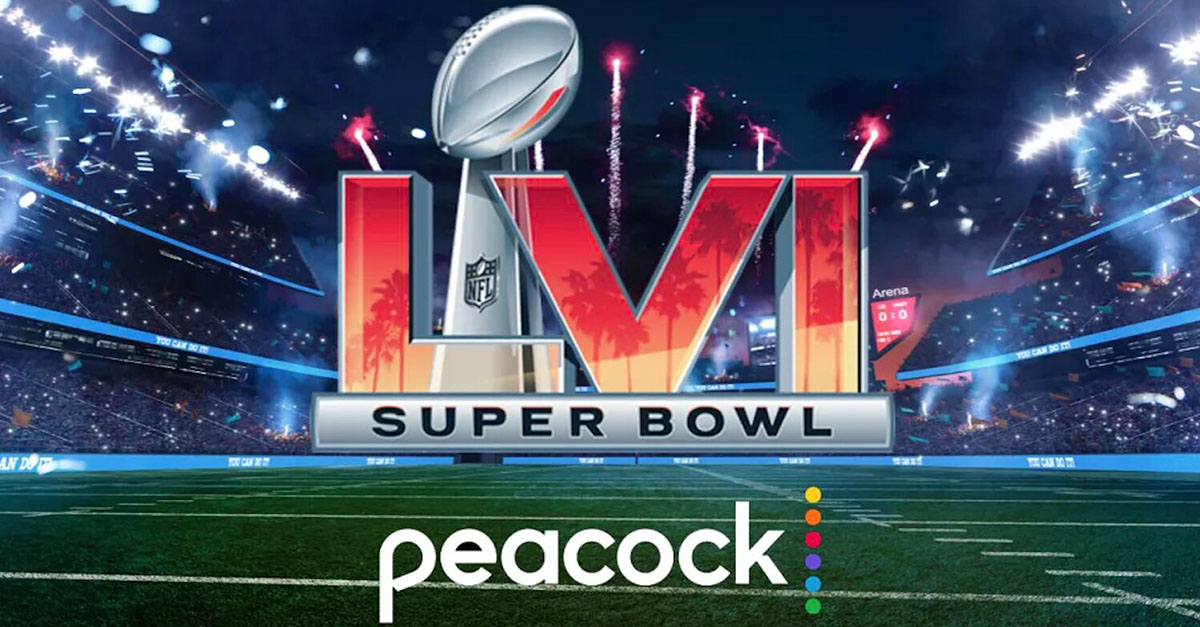The Super Bowl Didn’t Offer Ultra-Low Latency Streaming Because There Was No Business Value

The live stream of the Super Bowl didn’t utilize ultra-low latency streaming because there was no business value in offering it. From what I observed, the live stream of the Super Bowl was 10-35 seconds behind the TV feed, depending on the streaming platform and the device used for viewing. After every Super Bowl, many vendors like to highlight how the stream of the Super Bowl lags the TV feed and that the broadcast network should have implemented ultra-low latency. Why? There has to be a business value in doing it and in the case of the Super Bowl, there isn’t one. This is why the 2022 Super Bowl stream by NBC and previous ones by CBS and FOX didn’t deploy an ultra-low latency streaming workflow.
From a pure ROI standpoint, reducing the latency of the Super Bowl stream would not have allow NBC to deliver more ads or increase the amount of time viewers watched. There is ALWAYS a cost vs. quality tradeoff that takes place with any streaming media service or event. A few years ago, I worked on the Super Bowl as a consultant to one of the broadcasters and the additional cost across their workflow to implement ultra-low latency streaming for the game would have been well over $1 million for the day.
For some applications around betting, real-time interactivity, auctions etc. offering an ultra-low latency stream makes sense. But for the Super Bowl, there isn’t a business reason for doing it. Also, many vendors are quick to say that NBC or whomever should have just “dropped in” their ultra-low latency solution, but we all know it doesn’t work that way. It has to be implemented into the entire workflow from ingestion to delivery, across many different vendors and platforms. It is not as easy to implement, at scale, as some make it out to be. Ultra-low latency serves it’s purpose for certain video applications but the Super Bowl isn’t one of them.
